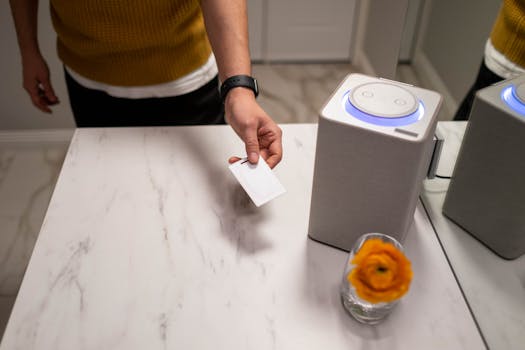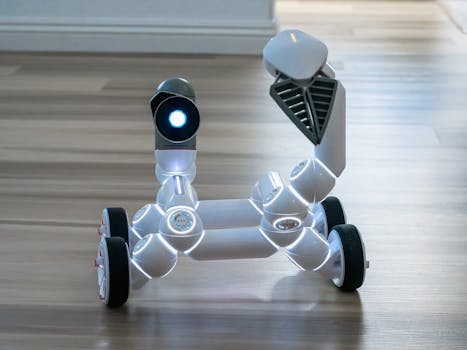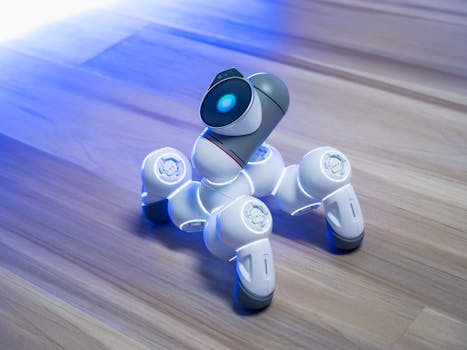Smart Homes 2025: The Rise of AI-Driven Devices
Introduction to Smart Homes

Smart homes, also known as home automation, refer to the use of technology to control and monitor various aspects of a home. This can include lighting, temperature, security, and entertainment systems. In recent years, there has been a significant increase in the adoption of smart home devices, and this trend is expected to continue in the coming years.
One of the key drivers of this trend is the rise of AI-driven devices. These devices use artificial intelligence (AI) and machine learning (ML) algorithms to learn and adapt to a homeowner’s preferences and habits. For example, a smart thermostat can learn a homeowner’s schedule and preferences to optimize heating and cooling, while a smart lighting system can adjust the lighting levels and color based on the time of day and the homeowner’s activities.
The Benefits of AI-Driven Devices in Smart Homes

There are several benefits to using AI-driven devices in smart homes. One of the most significant benefits is convenience. With AI-driven devices, homeowners can control their home’s systems remotely, using a smartphone or voice assistant. This means that they can adjust the temperature, lighting, and security systems from anywhere, at any time.
Another benefit of AI-driven devices is energy efficiency. These devices can learn a homeowner’s schedule and preferences to optimize energy usage, which can help to reduce energy bills and minimize a home’s carbon footprint. For example, a smart thermostat can learn when a homeowner is away from home and adjust the temperature accordingly, which can help to save energy and reduce waste.
AI-driven devices can also enhance the safety and security of a home. For example, a smart security system can use AI and ML algorithms to detect and respond to potential security threats, such as intruders or suspicious activity. This can provide homeowners with peace of mind and help to protect their property and loved ones.
The Future of Smart Homes in 2025

So, what can we expect from smart homes in 2025? One trend that is expected to continue is the increased use of AI-driven devices. These devices will become more sophisticated and integrated, allowing homeowners to control and monitor their home’s systems with ease.
Another trend that is expected to emerge is the use of voice assistants and smart speakers. These devices will become more prevalent in smart homes, allowing homeowners to control their home’s systems using voice commands. For example, a homeowner can use a smart speaker to adjust the lighting, temperature, and security systems, or to play music and access information.
In addition, we can expect to see more smart home devices that are integrated with other technologies, such as wearable devices and smart appliances. For example, a smart refrigerator can be integrated with a homeowner’s wearable device to track their eating habits and provide personalized nutrition recommendations.
Conclusion

In conclusion, smart homes in 2025 will be driven by AI-driven devices that are designed to make our lives easier, more convenient, and more enjoyable. These devices will learn and adapt to our habits and preferences, providing us with a more personalized and automated living experience.
As the use of AI-driven devices continues to grow, we can expect to see more innovative and integrated smart home solutions emerge. From voice assistants and smart speakers to wearable devices and smart appliances, the possibilities are endless. Whether you’re a tech enthusiast or just looking to make your life easier, smart homes in 2025 are definitely worth exploring.


